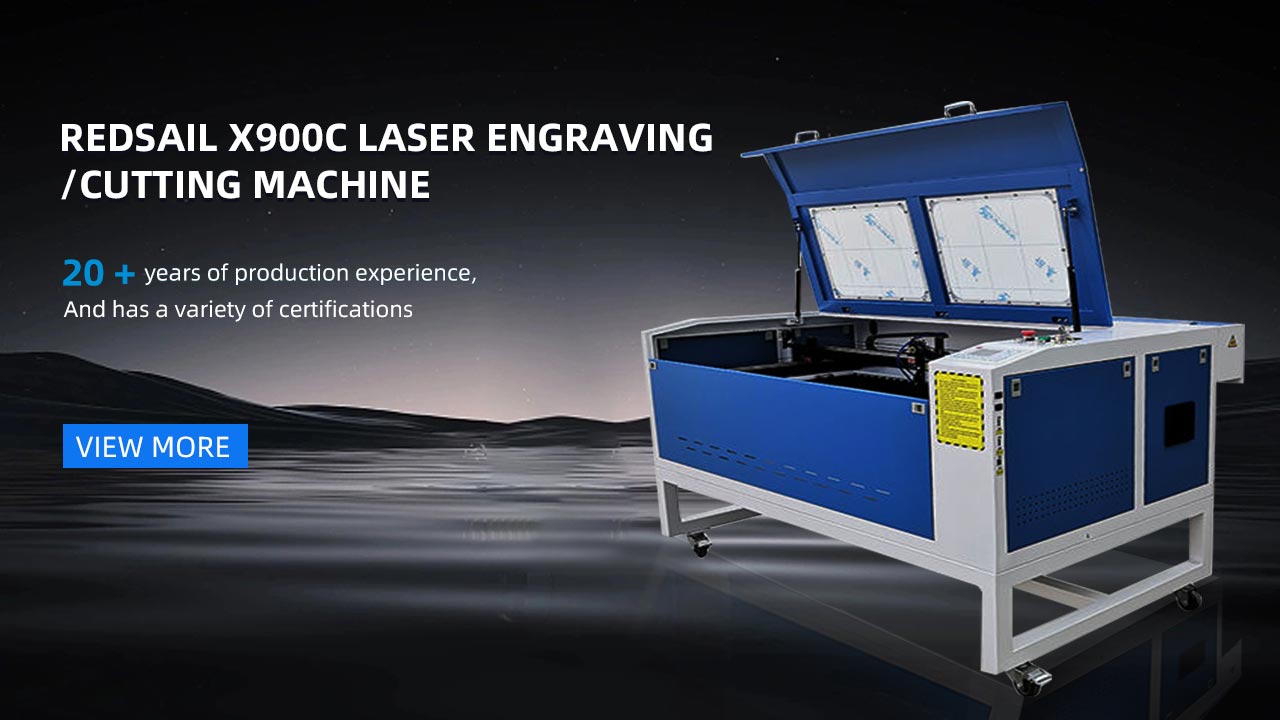Which MDF Is the Best for Laser Cutting?
In the world of laser cutting, choosing the right material is crucial for achieving the desired results. Medium Density Fiberboard (MDF) is a popular choice among craftsmen due to its versatility and affordability. However, not all MDF is created equal when it comes to laser cutting. In this article, we will explore the different types of MDF available and determine which one is the best for laser cutting.
1. Standard MDF
Standard MDF is the most basic type of MDF available and is widely used in various applications. It is made by compressing wood fibers and resins under high heat and pressure. While standard MDF can be laser cut, it is not the optimal choice for detailed and intricate designs. The high resin content can cause excessive smoke and residue during the cutting process, leading to a lower quality finish. Strong ventilation and extraction systems are necessary for laser cutting standard MDF to minimize these issues.
When laser cutting standard MDF, it is important to:
- Ensure proper ventilation and extraction systems are in place
- Expect more smoke and residue compared to other types of MDF
- Allow for additional cleaning and finishing processes to achieve desired results
2. Low Smoke Emission MDF
To address the concerns of excessive smoke and residue, low smoke emission MDF was developed. This type of MDF contains a lower resin content, resulting in reduced smoke generation during laser cutting. Low smoke emission MDF is an excellent choice for intricate designs and fine details.
Advantages of low smoke emission MDF for laser cutting:
- Minimal smoke and residue, reducing the need for extensive cleaning
- High-quality finish, suitable for detailed and intricate designs
- Less strain on ventilation and extraction systems
3. Moisture-Resistant MDF
In some applications, moisture resistance is a crucial factor to consider. Moisture-resistant MDF is manufactured with a moisture-repellent resin, making it better suited for environments where humidity or water exposure may occur. While moisture-resistant MDF can be laser cut, it may have slightly different cutting characteristics compared to standard or low smoke emission MDF. Therefore, it is recommended to adjust laser settings accordingly.
When working with moisture-resistant MDF for laser cutting:
- Adjust laser settings to accommodate differences in cutting characteristics
- Expect similar results as standard MDF when cutting moisture-resistant MDF
- Ensure proper ventilation and extraction systems are in place due to the resin content
Frequently Asked Questions (FAQs)
Q: Can I use any type of MDF for laser cutting?
A: While you can technically laser cut any type of MDF, not all of them are suitable for achieving optimal results. It is recommended to choose low smoke emission MDF for intricate designs or moisture-resistant MDF for environments where moisture may be present.
Q: Can I laser cut MDF without ventilation?
A: It is not advisable to laser cut MDF without proper ventilation and extraction systems in place. The cutting process can generate smoke, residue, and potentially harmful fumes. Adequate ventilation helps maintain air quality and ensures a safe working environment.
Q: How do I clean MDF after laser cutting?
A: After laser cutting MDF, it is important to remove any residual smoke or residue to achieve a clean finish. This can be done by lightly sanding the surface or using a soft brush. It is also essential to follow proper cleaning and disposal procedures to maintain a safe workspace.
In conclusion, when it comes to laser cutting, not all MDF is equal. While standard MDF can be used, low smoke emission MDF is the optimal choice for achieving intricate designs and fine details without excessive smoke and residue. Moisture-resistant MDF is recommended for applications where moisture or humidity may be present. By selecting the right type of MDF and ensuring proper ventilation, craftsmen can create high-quality laser cut projects with ease.





